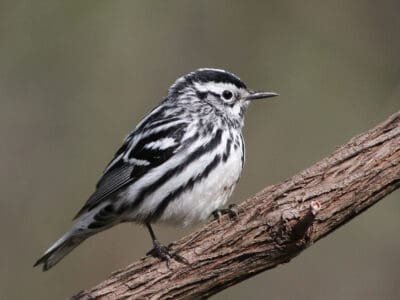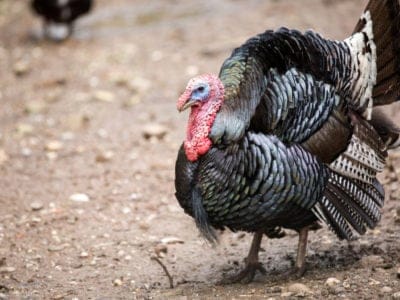Below you can find a complete list of Costa Rican animals. We currently track 288 animals in Costa Rica and are adding more every day!
The list of animals in Costa Rica is long. Go to almost any zoo globally, and you will see Costa Rican animals because many of them are very unusual. According to Costa Rica’s National Biodiversity Institute, there are over 894 bird species, with over 600 of them living in the country all the time.
Additionally, there are over 250 mammals, 225 reptiles, 171 amphibians, 8,000 moths, and 1,251 butterfly species. Learning about animals native to Costa Rica, especially colorful Costa Rican animals, can be great fun when you go on an eco-tourism tour.
The Official National Animal of Costa Rica
The official animal of Costa Rica is the white-tail deer. Officials chose this animal because of its characteristics that symbolize Costa Ricans. Its tenderness, strength, peace, energy, fertility, and prosperity are reasons lawmakers chose this species.
White-tail deer mainly live on the savannahs located inside national parks in the country’s southern part. Bucks usually only grow to be about four feet tall and weigh about 150 pounds. While you are more likely to see white-tail deer in the country’s southern part, they usually grow bigger in the country’s northern regions. Regardless of location, if they sense danger approaching, they will flip their tails, pant, and stomp their hooves. They may also flash their white underside to get the attention of other nearby deer. While you will see Costa Rican animals of many different colors, it is not that way with deer as they only see in black and white.
Where To Find The Top Wildlife in Costa Rica
One of the top places to see wild animals in Costa Rica is the Osa Peninsula. This area in the country’s southwestern part offers prime viewing of animals in Costa Rica at Corcovado National Park, where over 463 bird species and 140 mammal species live. You may see monkeys, tapirs, sloths, jaguarundis, pumas, ocelots, and jaguars.
Next to Corcovado National Park is Golfito National Wildlife Refuge. This refuge is a terrific place to go birdwatching as it is home to over 200 bird species, including parrots, macaws, herons, and owls. This location is also a fantastic place to see spider and howler monkeys along with anteaters.
These two bordering locations are close to Golfo Dulce. Traveling to the other side will bring you to Piedras Blancas National Park, where over 96 mammal species live, including jaguars, pumas, coatimundi, skunks, sloths, monkeys, rodents, and bats. This park is home to jaguars, ocelots, pumas, jaguarundi, margays, although they can be hard to see because most of them are nocturnal.
There are also many other wonderful places to see animals native to Costa Rica like:
- Marino Ballena National Park – This park on Costa Rica’s coast is a fantastic place to see monkeys, iguanas, sea turtles, and whales.
- Monteverde Cloud Forest Reserve – This park on the Continental Divide is home to the two-toed sloth and is a fantastic place to see quetzals and hummingbirds.
- Manuel Antonio National Park – This national park on the Central Pacific Coast is home to over 105 mammal species, including howler, squirrel, spider and white-faced monkeys, two-and-three-toed sloths, raccoons, coatis, pacas, anteaters, and ocelots.
- Tortuguero National Park – This park on the country’s northern coastline is home to over 60 species of mammals, including spider, capuchin and howler monkeys, jaguar, pumas, ocelots, sloths, river otters, and manatees. It is also home to over 111 species of reptiles and 57 species of amphibians.
The Most Dangerous Animals In Costa Rica Today
There are many dangerous amphibians in Costa Rica, like the coral snake, American crocodiles, and poison dart frogs. The Clodomiro Picado Institute estimates that there are two deadly snakes per hectare in the country. The most dangerous snake in Costa Rica is the fer-de-lance. While it is not the most venomous, its breeding patterns, aggressive attitude, and rapid venom production mean that this species is responsible for almost all the snake bites in Costa Rica.
Additionally, there are also dangerous animals in Costa Rica, like:
- Puma – One of the most dangerous is the puma. Over the last 100 years, puma attacks have killed at least 44 people.
- Bulls – Rodeoing is very popular in Costa Rica. Annually, bulls kill riders and bullfighters.
- Jaguars – The second largest cat in Costa Rica is also one of the most dangerous animals in costa Rica. Most people who jaguars kill are encroaching on their territory.
Endangered Animals In Costa Rica
Unfortunately, there are more than 200 endangered animals in Costa Rica. Several different factors contribute to causing extinct animals in costa Rica, including deforestation, human development, unsustainable fishing and hunting practices, poaching, and illegal pet trade.
Some of these threatened or extinct animals in Costa Rica include:
- Central American squirrel monkey – Standing less than 11 inches tall, these russet-brown monkeys usually live in groups of up to 70 individuals. Look for them in the Manuel Antonio National Park.
- Baird’s tapir – These pig-like animals look like they have the beginnings of an elephant’s trunk for a nose. They are nocturnal and stand about 6 feet tall. A slow birth rate and habitat loss have left them endangered, but visitors may catch a rare sighting at Corcovado National Park.
- Jaguar – The fact that locals believe that jaguars kill more livestock and humans than they do has led to this cat with its spotted coat being overhunted. It can be challenging to spot this nocturnal animal that lives in Costa Rica’s rainforests.
- Geoffroy’s spider monkey – Hunting, deforestation, and the illegal exotic pet trade threaten the very social Geoffroy’s, but you may still be able to see this monkey that often stands up about 18-inches tall at the Santa Rosa National Park and the Corcovado National Park.
- Jaguarundi – This cat, which is the smallest of Costa Rica’s cat family, is the only one to be more active during the day than at night. Deforestation and habitat loss threaten this extremely territorial animal, but visitors may still catch a sighting at the Palo Verde National Park.
Where to See Animals in Costa Rica?
There are many terrific places to see animals in Costa Rica Including:
- Corcovado National Park
- Piedras Blancas National Park
- Marino Ballena National Park
- Monteverde Cloud Forest Reserve
- Manuel Antonio National Park
There are many different types of animals that live in Costa Rica. Learn more about them today by participating in an eco-tourism vacation and enjoy seeing the colorful Costa Rican animals.
Costa Rican Animals

Acadian Flycatcher
Their nests are sloppily held together and have an abandoned appearance
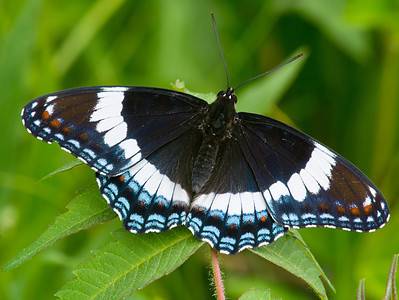
Admiral Butterfly
Stunningly beautiful wings
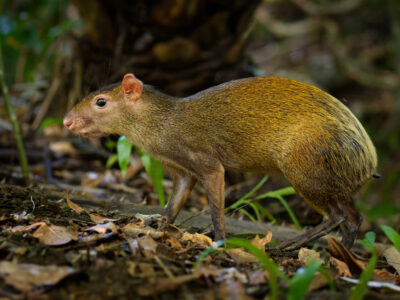
Agouti
The agouti is one of the only animals that can crack open Brazil nut pods!
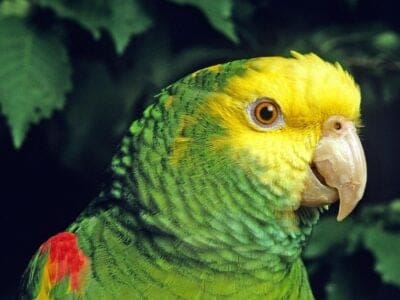
Amazon Parrot
These parrots can be trained to be "talking birds" that mimic human speech
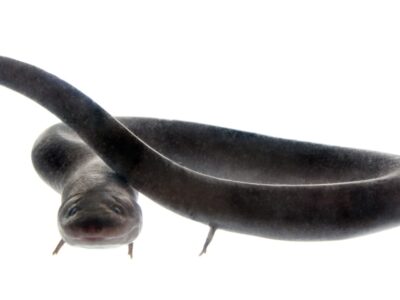
American Eel
Don't eat raw eel! Their blood is poisonous to humans when consumed raw.
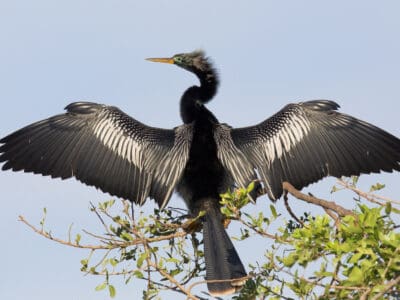
Anhinga
Their name means snake bird
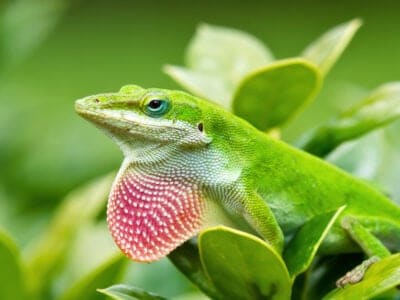
Anole Lizard
There are just under 400 species, several of which change color.

Ant
First evolved 100 million years ago!

Anteater
Has the longest tongue of any animal in relation to its body size!

Armadillo
Can curl into a hard, protective ball!

Armyworm
They are so named because they "march" in armies of worms from one crop to another in search of food
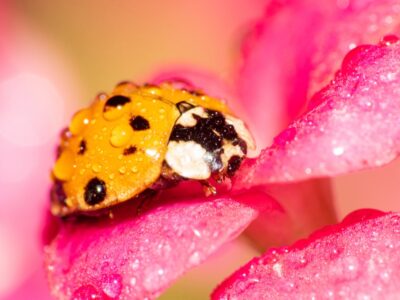
Asian Lady Beetle
Asian lady beetles infest indoor spaces, but they do not reproduce indoors.

Barn Owl
Found everywhere around the world!

Barn Swallow
Older offspring help care for new hatchlings.
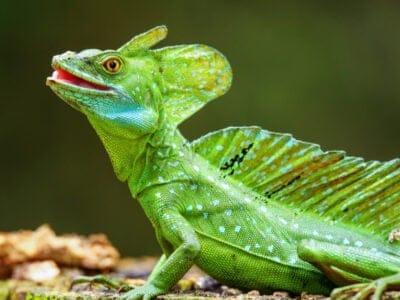
Basilisk Lizard
Can run/walk on water.

Bat
Detects prey using echolocation!
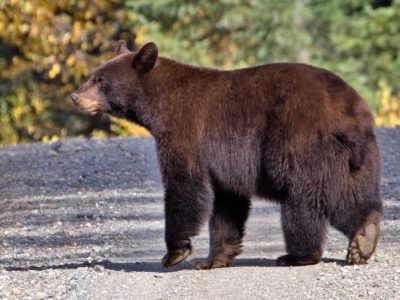
Bear
There are 8 different species!

Bed Bugs
Bed bugs feed for 4-12 minutes.

Bee
Rock paintings of bees date back 15,000 years

Beetle
There are more than 350,000 different species

Beewolf wasp
They hunt bees

Bird
Not all birds are able to fly!

Biscuit Beetle
The biscuit beetle form a symbiotic relationship with yeast

Black Widow Spider
They typically prey on insects!
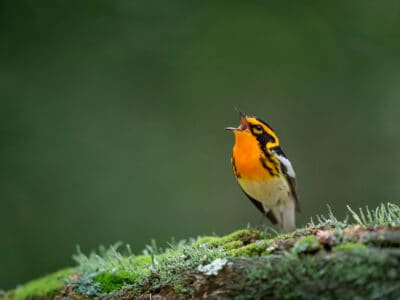
Blackburnian Warbler
They are the only songbird in North America with an orange throat!
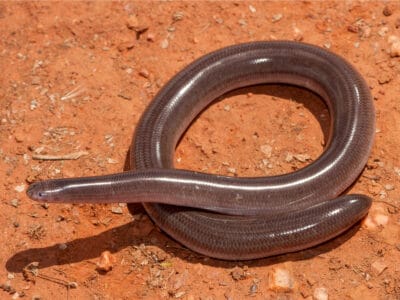
Blind Snake
The blind snake is often mistaken for a worm.
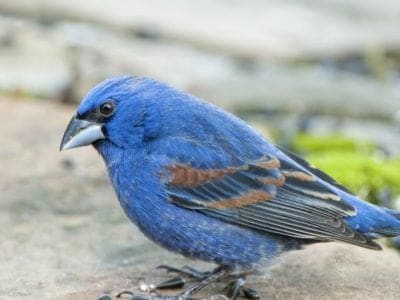
Blue grosbeak
Blue grosbeak parents take off the head, legs and wings of an insect before feeding it to their baby.
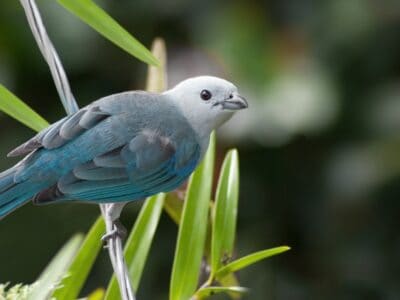
Blue Tanager (Blue-Grey Tanager)
They travel and forage in pairs or groups
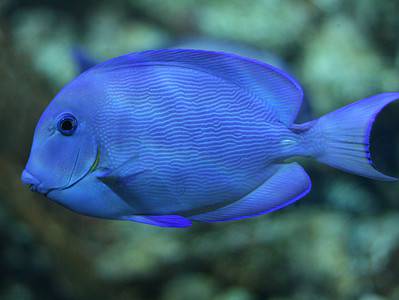
Blue Tang
One of the most colorful members of the genus Acanthurus
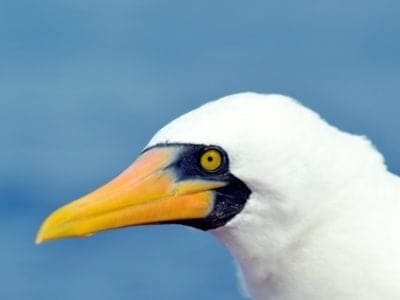
Booby
Seabirds found across the South Pacific!
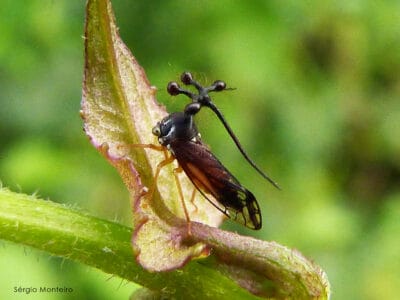
Brazilian Treehopper
“Mild-Mannered Minimonsters”

Brown Dog Tick
Can live its entire life indoors
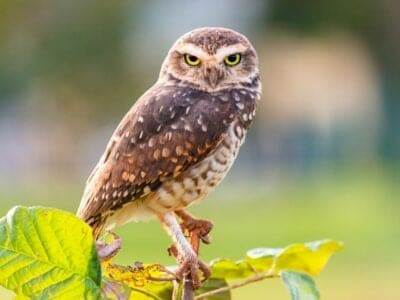
Burrowing Owl
The burrowing owl lives in underground burrows
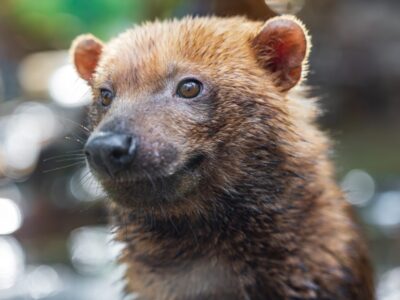
Bush Dog
Bush dogs have webbed toes to help them swim.
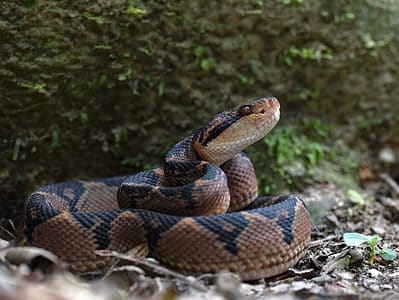
Bushmaster Snake
The bushmaster’s scientific name means “silent death.”

Butterfly
There are thought to be up 17,500 species!
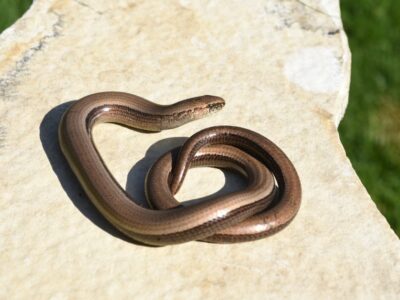
Caecilian
Some species' babies use their hooked or scraper-like teeth to peel off and eat their mother's skin
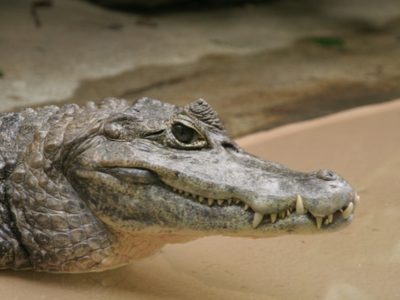
Caiman
Can grow to up 6 meters long!
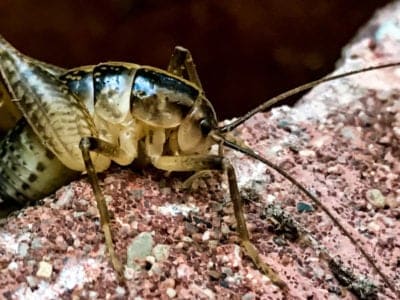
Camel Cricket
The camel crickets that are found in the USA are light brown in color. They also have dark streaks all over their body.

Carpenter Ant
Carpenter ants can lift up to seven times their own weight with their teeth!

Cat
May have been domesticated up to 10,000 years ago.

Caterpillar
The larvae of a moth or butterfly!

Catfish
There are nearly 3,000 different species!

Cedar Waxwing
Their feathers have red, waxy tips that can be hard to identify unless you’re up close.

Centipede
There are about 3,000 documented species!

Checkered Garter Snake
It has the ability to expel a stinky liquid from its body as a way to make predators (and humans) retreat!
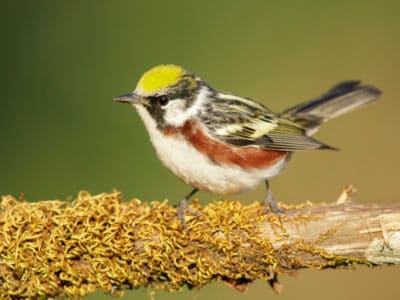
Chestnut-Sided Warbler
They inhabit regrowing forests

Chicken
First domesticated more than 10,000 years ago!

Cichlid
There are more than 2 000 known species!
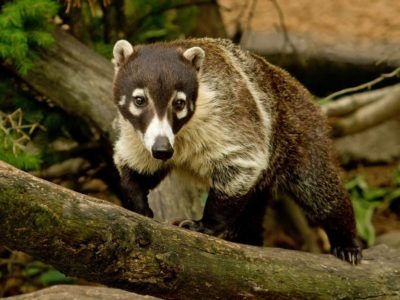
Coati
Found in dense forests and wet jungles!

Cockroach
Dated to be around 300 million years old!
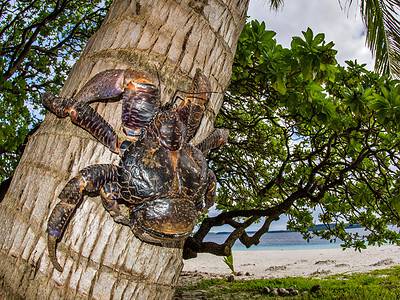
Coconut Crab
The largest terrestrial arthropod in the world

Codling Moth
Pupae are able to undergo diapause to survive poor fruit yield years and winter.
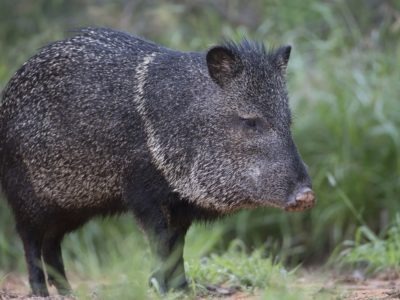
Collared Peccary
Form bands of up to 12 individuals!

Common Furniture Beetle
The common furniture beetle feeds exclusively on wood

Common House Spider
House spiders have the ability to eat most insects in a home.
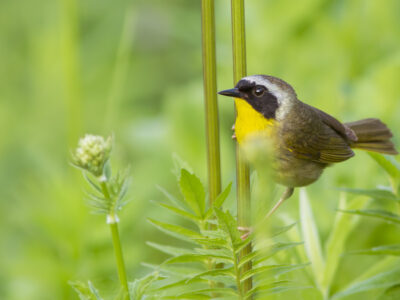
Common Yellowthroat
The Common Yellowthroat stays close to the ground and uses stealth to survive!
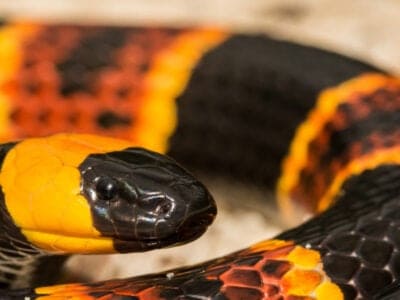
Coral Snake
There are over 80 species of coral snake worldwide.

Cormorant
They can fly 35 mph and dive 150 feet below water.

Cow
There are nearly 1.5 billion worldwide!

Crab
There are 93 different crab groups

Crab Spider
Crab Spiders can mimic ants or bird droppings

Cricket
Male crickets can produce sounds by rubbing their wings together
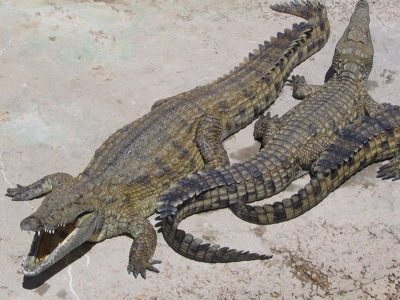
Crocodile
Have changed little in 200 million years!

Crocodylomorph
Crocodylomorphs include extinct ancient species as well as 26 living species today.

Crow
A group of these birds is called a Murder.
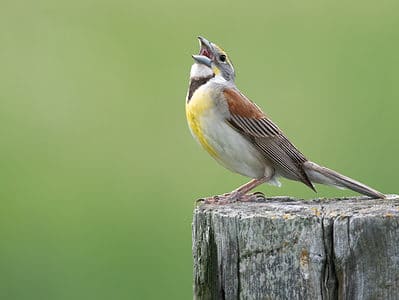
Dickcissel
They have a unique call that they are named for.

Dog
First domesticated in South-East Asia!

Dog Tick
Dog ticks feed on dogs and other mammals

Donkey
First domesticated 5,000 years ago!

Dragonfly
It's larvae are carnivorous!
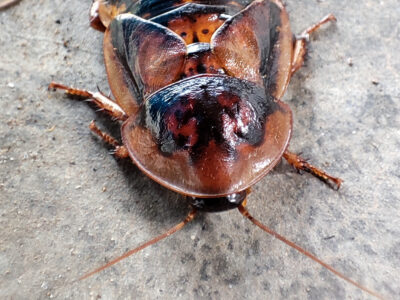
Dubia Cockroach
The most popular species of feeder roach

Duck
Rows of tiny plates line their teeth!

Dung Beetle
The dung beetle can push objects many times its own weight
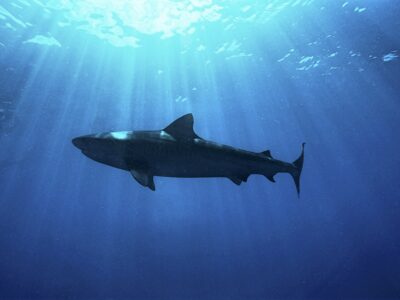
Dusky Shark
The Dusky Shark sometimes eats trash discarded by humans.
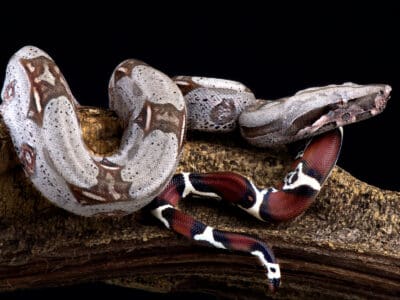
Dwarf Boa
Some species can change color from dark to light, and back again.

Earthworm
They are hermaphrodites, which means they have male and female organs

Earwig
There are nearly 2,000 different species!

Eastern Meadowlark
They can live up to 9 years.

Eel
Eels can be a mere few inches long to 13 feet!
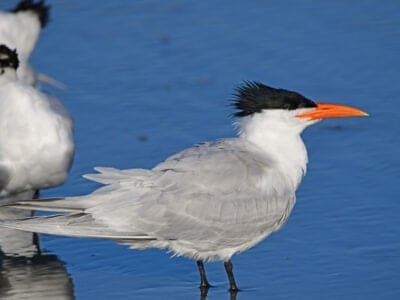
Elegant Tern
Have a lifespan of 20 years or more
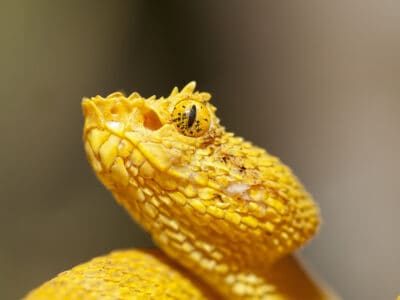
Eyelash Viper
While the eyelash viper can be a pet, be cautious – they are extremely venomous!

Falcon
The fastest creatures on the planet!

False Widow Spider
False spiders actually prey on black widow spiders and other hazardous spiders
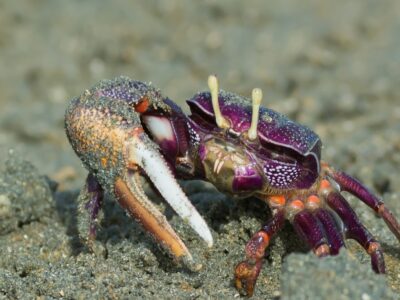
Fiddler Crab
The fiddler crab gets its name from the motion the males make with their over-sized claw during the mating ritual.

Firefly
The firefly produces some of the most efficient light in the world

Flea
Adult fleas can jump up to 7 inches in the air

Fly
There are more than 240,000 different species!
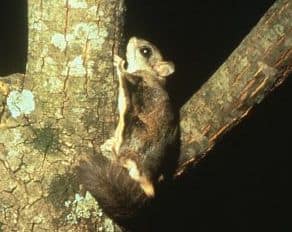
Flying Squirrel
Can glide up to 90 meters!

Frog
There are around 7,000 different species!

Fruit Fly
Fruit flies are among the most common research animals in the world
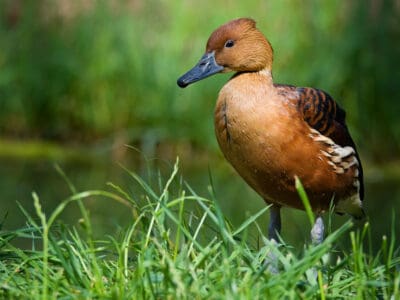
Fulvous Whistling Duck
They build a ramp from their nest, which leads to a nearby water source
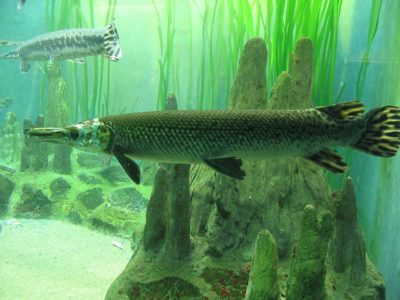
Gar
Can grow to more than 3m long!
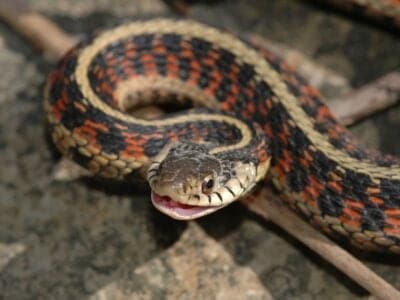
Garter Snake
Female garter snakes give birth to live young rather than laying eggs!
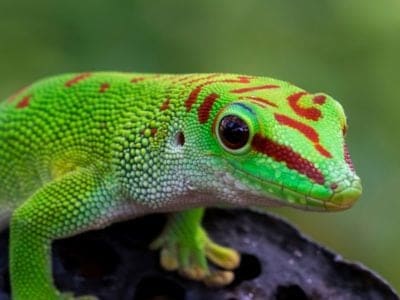
Gecko
There are thought to be over 2,000 species!

German Cockroach
The most common type of urban roach
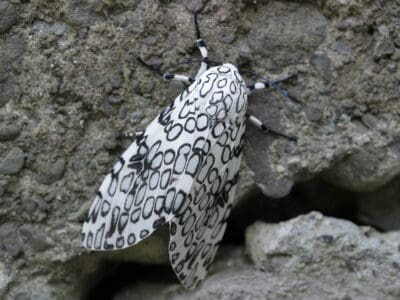
Giant Leopard Moth
When giant leopard moths mate, their mating sessions last over 24 hours.
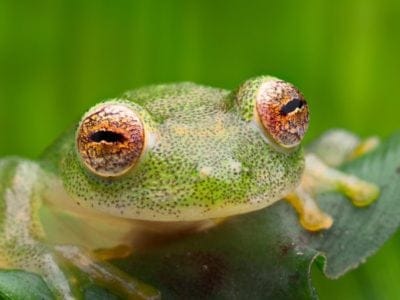
Glass Frog
You can see their internal organs.

Glowworm
Found inhabiting dense woodland and caves!

Gnat
Males form large mating swarms at dusk

Grasshopper
There are 11,000 known species!
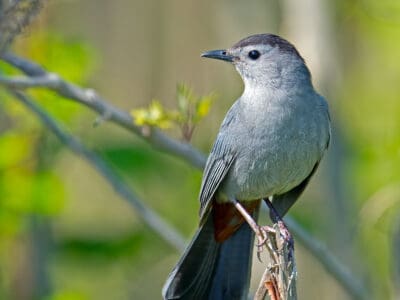
Gray Catbird
Their songs have cat-like qualities and can mimic other birds and animals, like tree frogs.
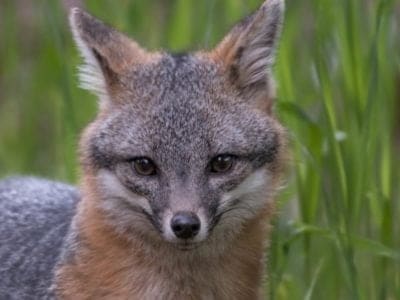
Gray Fox
The gray fox has retractable claws and a rotating wrist that allow it to climb trees with some proficiency

Great Blue Heron
Their wingspan is larger than an eagle’s; both males and females help hatch the eggs; rich in symbolism
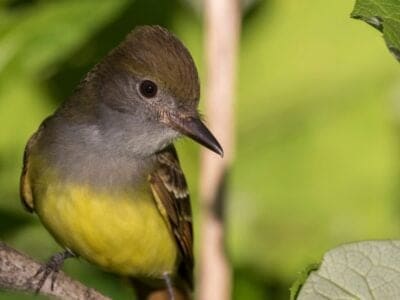
Great Crested Flycatcher
This species makes use of some truly unusual nesting material, including snakeskin and garbage
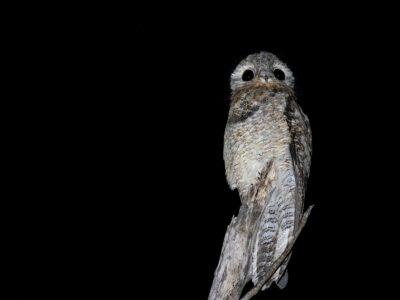
Great Potoo Bird
At night, they make a terrifying low call that sounds like a distressed moan or growl.

Guppy
Also known as the Millionfish!
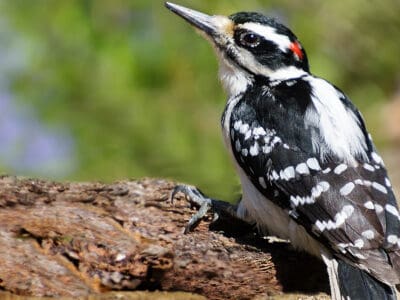
Hairy Woodpecker
They are natural pest controls

Hamster
Able to run as quickly backwards as forwards!

Hare
Can reach speeds of over 50 mph!
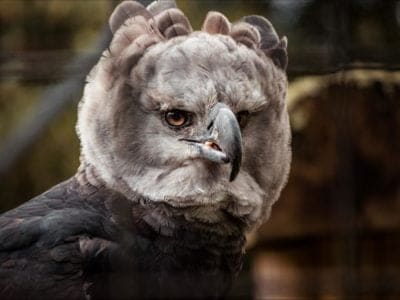
Harpy Eagle
Talon's the size of a grizzly bear's claws!
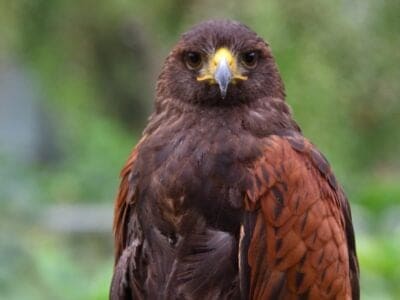
Harris’s Hawk
Their vision is eight times better than a human's

Hawk Moth Caterpillar
Many hawk moth caterpillars eat toxins from plants, but don’t sequester them the way milkweed butterflies do. Most toxins are excreted.
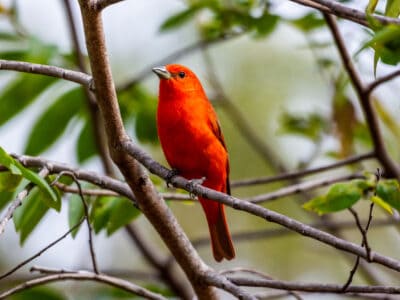
Hepatic Tanager (Red Tanager)
Parents and their young sing sweetly to each other

Hercules Beetle
This dynastine scarab beetle makes a weird huffing sound when it’s disturbed.

Heron
Inhabits wetlands around the world!
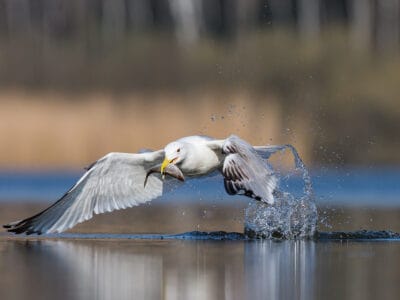
Herring Gull
They are loud, spirited birds with raucous cries that sound like bursts of laughter.
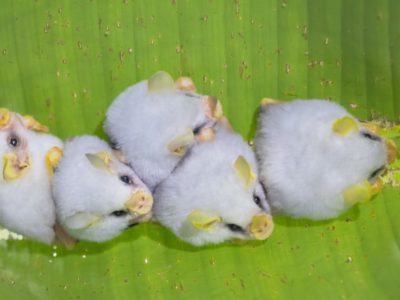
Honduran White Bat
The bat only eats figs.

Honey Bee
There are only 8 recognized species!

Horse
Has evolved over 50 million years!

Horsefly
Horseflies have been seen performing Immelmann turns, much like fighter jets.

House wren
The wren’s epithet, aedon, comes from a Greek queen who accidentally killed her only son. She was actually aiming for her nephew, and Zeus took pity on her and turned her into a nightingale.

Housefly
The fly has no teeth
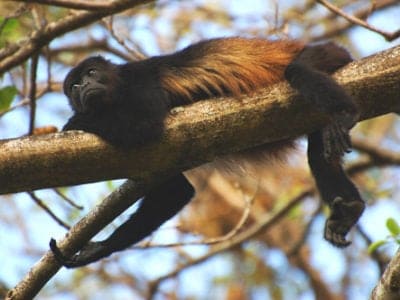
Howler Monkey
Spends 80% of it's time resting!

Human
Thought to have orignated 200,000 years ago!
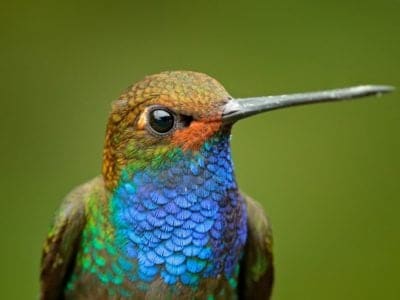
Hummingbird
Beat their wings up to 80 times per second!

Huntsman Spider
Some huntsman spiders have an interesting way of moving around. Some cartwheel while others do handsprings or backflips.

Ibis
Found in swamps, marshes and wetlands!
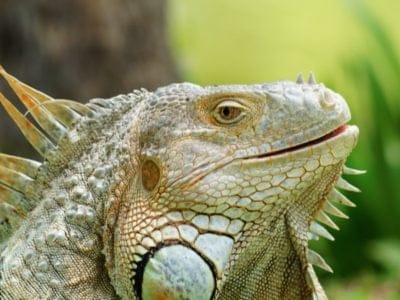
Iguana
Uses visual signals to communicate!

Insects
There are an estimated 30 million species!
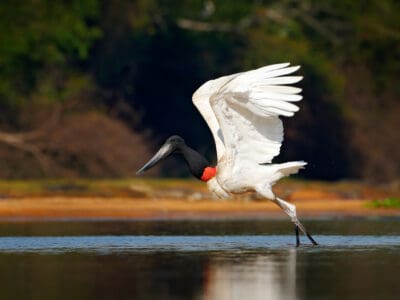
Jabiru
They form lifelong pair bonds and live in groups near water sources.

Jacana
The jacana has the ability to swim underwater
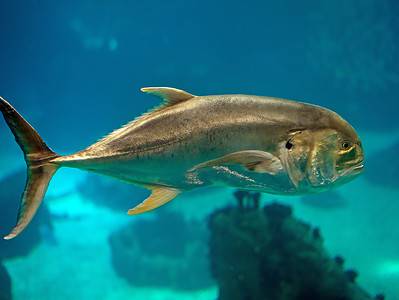
Jack Crevalle
One of the biggest species in the Caranx genus
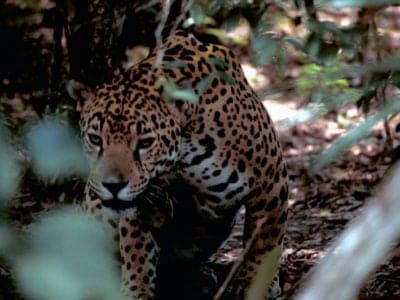
Jaguar
The largest feline on the American continent!

Jumping Spider
Some can jump 50 times the length of their bodies
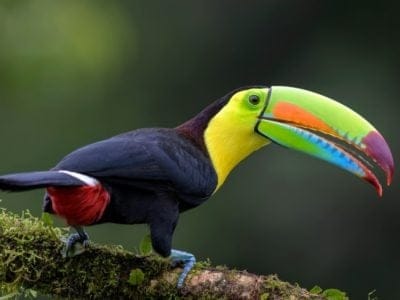
Keel-Billed Toucan
It's beak can reach nearly 20 cm long!
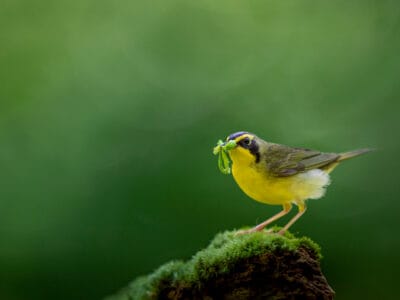
Kentucky Warbler
The Kentucky Warbler appears to wear bright yellow cat-eye glasses!

Kingfisher
Inhabits wetlands and woodlands worldwide!
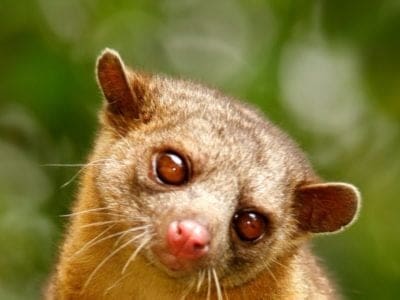
Kinkajou
The kinkajou is a nimble forest-dwelling mammal of Central and South America.

Ladybug
There are more than 5,000 species worldwide!

Leech
Has 10 pairs of eyes!
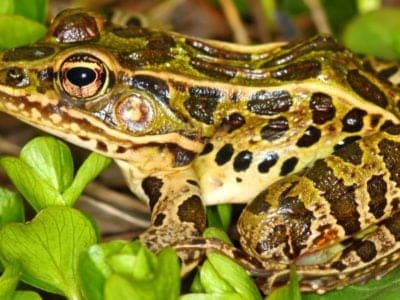
Leopard Frog
They can jump up to three feet

Lesser Scaup
Young lesser scaups learn to dive as soon as their down dries.

Lizard
There are around 5,000 different species!

Locust
Each locust can eat its weight in plants each day.
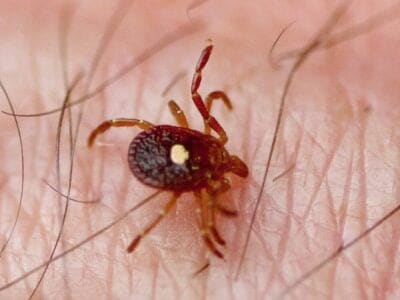
Lone Star Tick
Only females have the ‘lone star’ marking
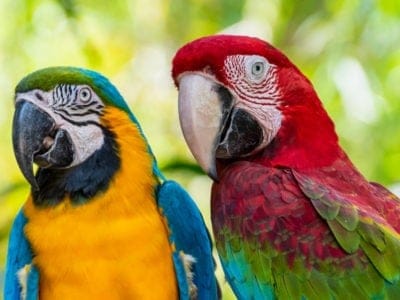
Macaw
The largest species of parrot in the world!
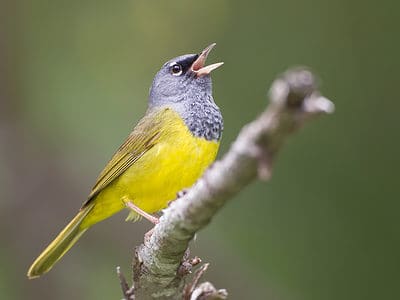
MacGillivray’s Warbler
The complicated story of how MacGillivray’s Warblers got their name involves three ornithologists, a physician and a compromise.
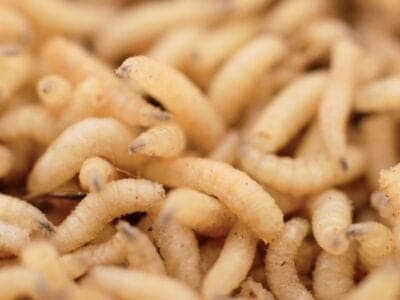
Maggot
Will only live in wet areas

Magnolia Warbler
They line their nests with fungi strands
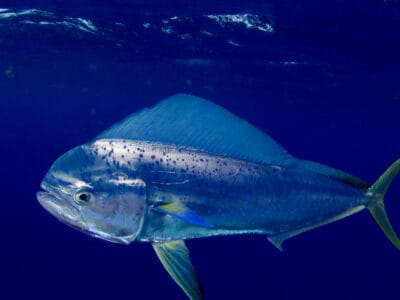
Mahi Mahi (Dolphin Fish)
It's called the rabbit of the ocean because it multiplies so quickly.
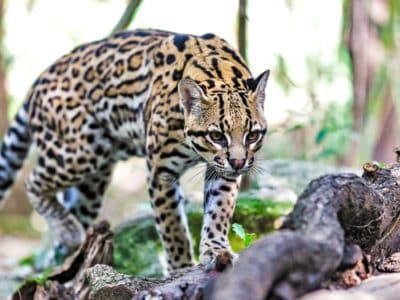
Margay
Margays are one of the world’s most highly adapted cat species for climbing trees!
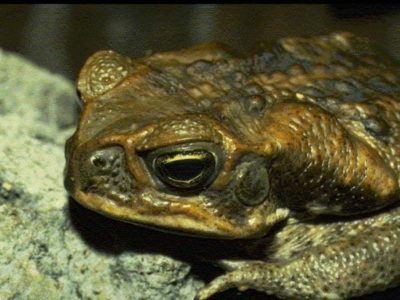
Marine Toad
Produces a toxin used in arrow darts!

Mayfly
There are 2,500 known species worldwide!

Mealybug
They have a symbiotic relationship with ants.

Mexican Free-Tailed Bat
Some colonies have millions of bats

Millipede
Some species have a poisonous bite!

Mockingbird
Mockingbirds are incredible mimics that can learn hundreds of songs!

Mole
Primarily hunts and feeds on Earthworms!

Mole Cricket
Adult Mole crickets may fly as far as 5 miles during mating season and are active most of the year.
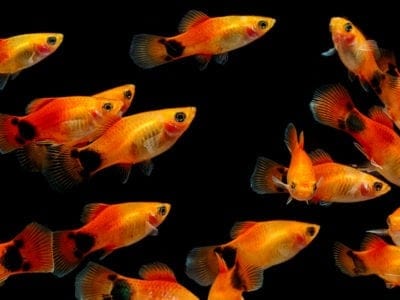
Molly
Known for their calm and peaceful nature!

Monarch Butterfly
During migration, Monarch Butterflies may travel 250 or more miles each day.

Mongrel
Has characteristics of two or more breeds!

Monkey
There are around 260 known species!
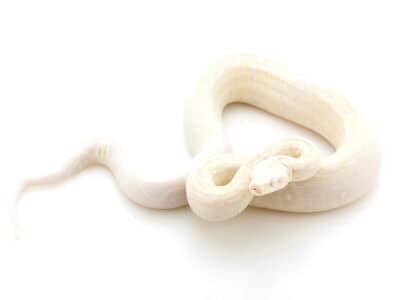
Moonglow Boa
Moonglow boas are the result of mixing three genetic traits.

Moorhen
Feeds on aquatic insects and water-spiders!
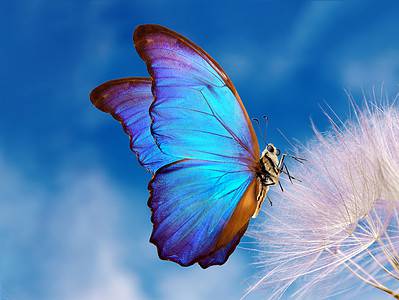
Morpho Butterfly
Collectors prize them for their bright wings

Mosquito
Only the female mosquito actually sucks blood

Moth
There are 250,000 different species!
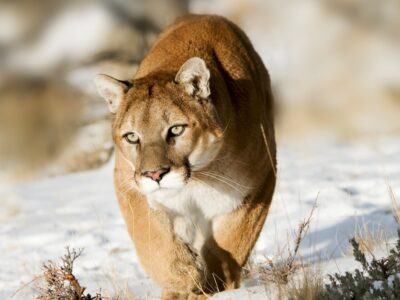
Mountain Lion
Has no real natural predators!
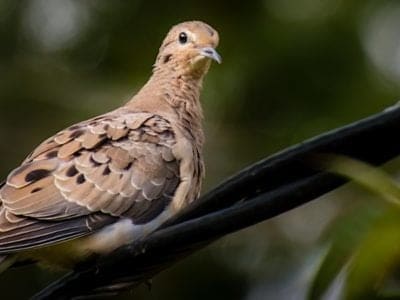
Mourning Dove
It is almost always the male who makes the famous sad sound, which is a wooing call
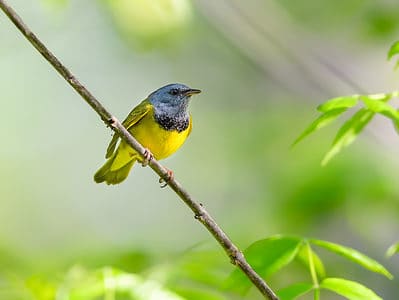
Mourning Warbler
The Mourning Warbler was named for its gray head, which resembles a mourning veil!

Mouse
Found on every continent on Earth!

Mule
The offspring of a horse and donkey parents!
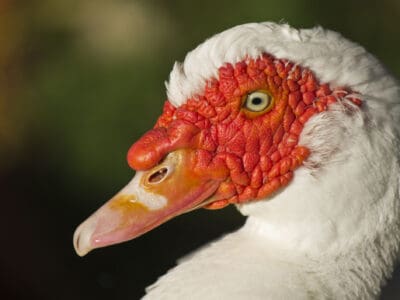
Muscovy Duck
Unlike most duck species, the Muscovy is silent and only makes noise when excited or threatened.

Nematode
Nematodes range in size from 1/10 of an inch to 28 feet long

No See Ums
There are more than 5,000 species.
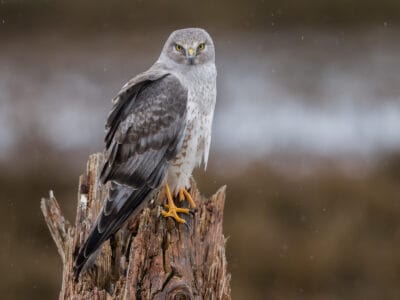
Northern Harrier
They can reach speeds of 25 Mph but prefer to soar low and slow.

Northern Pintail
Northern pintails migrate at night with speeds reaching 48 miles per hour!
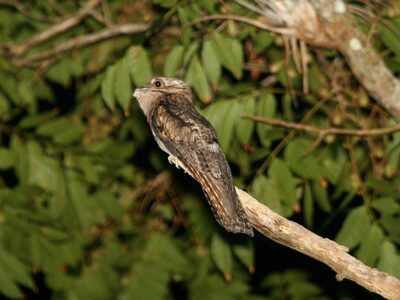
Northern Potoo
You can find them near golf courses in urban areas

Ocelot
Also known as the Painted Leopard!
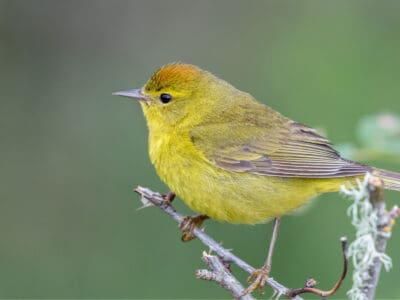
Orange-Crowned Warbler
Often mistaken for the Tennessee Warblers, which are equally dull.

Orb Weaver
Females are about four times the size of males

Osprey
They reuse nesting sites for 70 years!

Otter
There are 13 different species worldwide

Owl
The owl can rotate its head some 270 degrees

Owl Butterfly
Owl butterflies derive their name from big spots on each hindwing that resemble owl eyes

Painted Bunting
They are one of the most colorful species of birds.
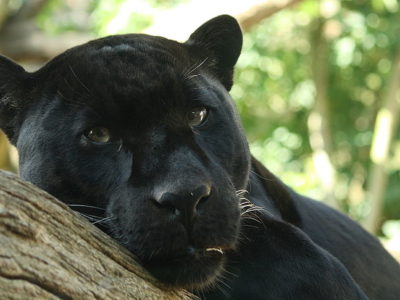
Panther
Prefers to hunt at night than during the day!
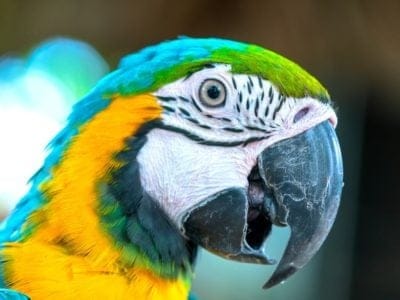
Parrot
Can live for up to 100 years!

Peregrine Falcon
Fastest animal on Earth

Pheasant
Females lay between 8 and 12 eggs per clutch!

Pigeon
They can find their way back to their nests from up to 1300 miles away.
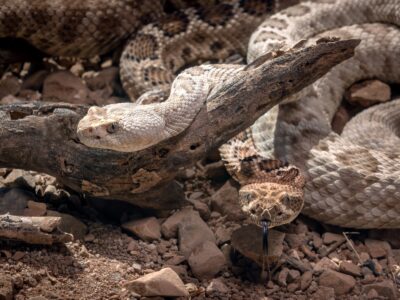
Pit Viper
Pit vipers's fangs fold up into their mouths when they don't need them.
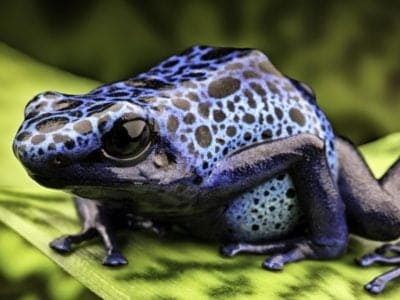
Poison Dart Frog
Inhabits the jungles of Central and South America!
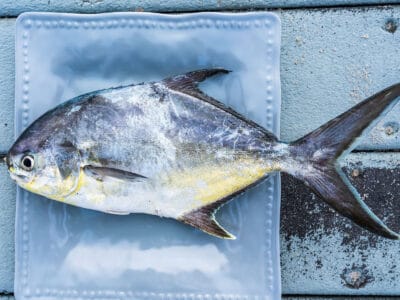
Pompano Fish
They are bottom-feeders
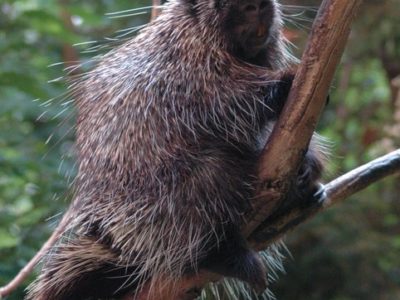
Porcupine
There are 30 different species worldwide!
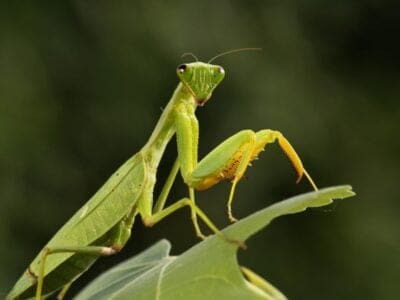
Praying Mantis
The mantis can turn its head 180 degrees.

Puma
Has longer back legs than front legs!

Quail
Inhabits woodland and forest areas worldwide!

Quetzal
The tail feathers of the male can be 1m long!
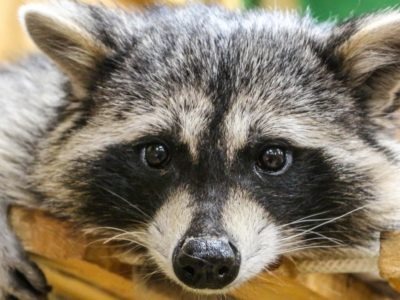
Raccoon
Known to wash their food before eating it!

Rainbow Boa
The rainbow boa is named for its iridescent skin that refracts light and creates a rainbow-colored effect.

Rat
Omnivores that eat anything!
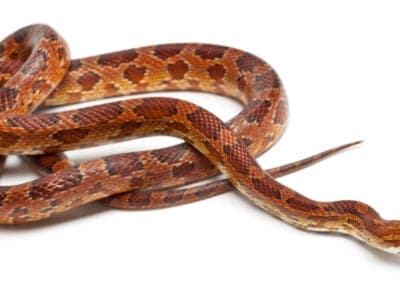
Rat Snakes
Rat snakes are constrictors from the Colubridae family of snakes.
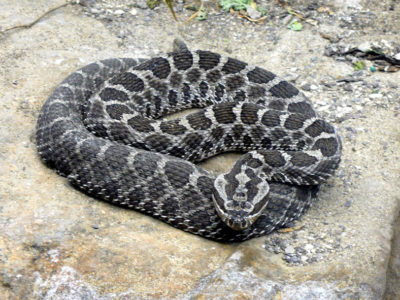
Rattlesnake
Rattlesnakes may have evolved their rattle to warn bison away from them.
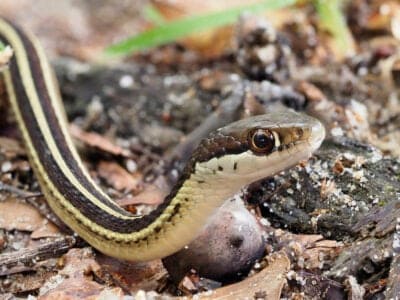
Ribbon Snake
Ribbon snakes love water, but are excellent climbers too.

River Turtle
Inhabits freshwater habitats around the world!
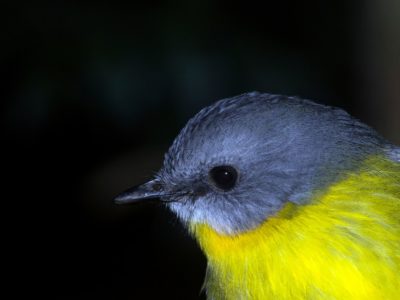
Robin
There are more than 45 species in Australia alone!

Rodents
The capybara, the world’s largest rodent, likes to be in and around bodies of water. Because of this, the Catholic Church in South America decided that it was a fish, and people were allowed to eat it during Lent and First Fridays.

Rooster
Will mate with the entire flock!
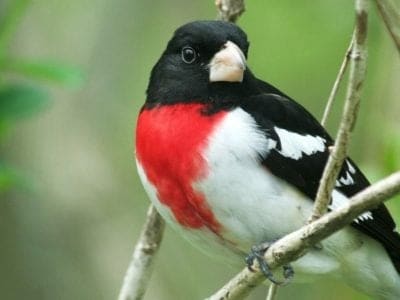
Rose-Breasted Grosbeak
This bird is also called cut-throat because the male looks like his throat has been cut and has bled over his breast.
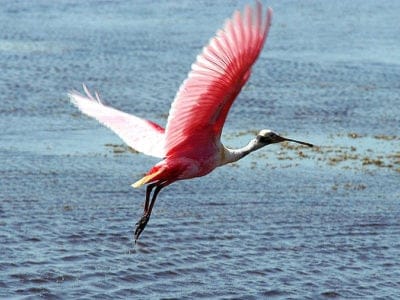
Roseate Spoonbill
The only Spoonbill in the western hemisphere!
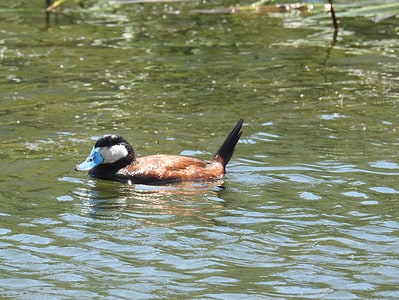
Ruddy Duck
Ruddy duck breeding males have bright blue bills!
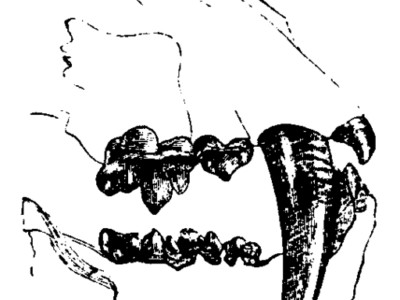
Saber-Toothed Tiger
Canines up to 7 inches long!

Sable Ferret
Ferrets were used during the Revolutionary War to keep down the rat population.
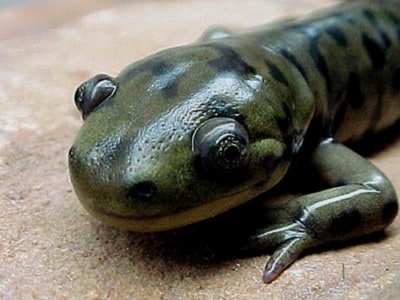
Salamander
There are more than 700 different species!
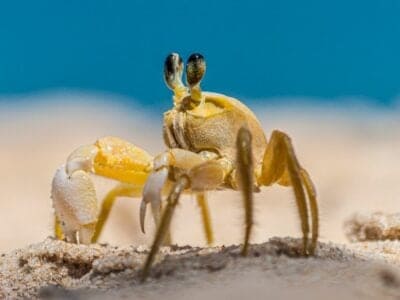
Sand Crab
The sand crab burrows beneath the sand with its tail
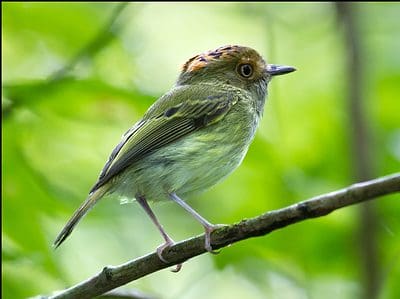
Scale-Crested Pygmy Tyrant
They raise their crests to ward off predators
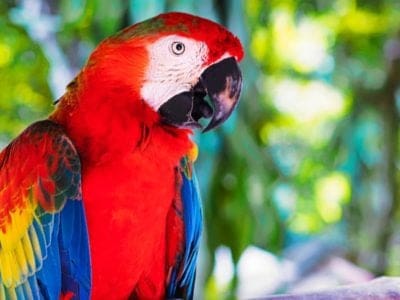
Scarlet Macaw
Like many parrots, the scarlet macaw is capable of vocal mimicry.
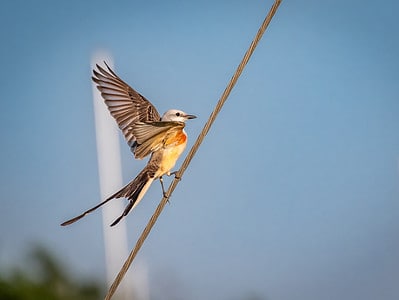
Scissor-tailed Flycatcher
Scissor-tailed flycatchers are known for their dramatically long tails!

Scorpion
There are around 2,000 known species!

Sea Eagle
The sea eagle tends to mate for life with a single partner

Seahorse
Males give birth to up to 1,000 offspring!
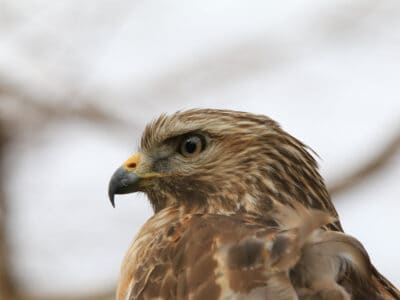
Sharp-Shinned Hawk
In captivity, sharp-shinned hawks can live up to 13 years. However, in the wild, this number is significantly reduced to 3 years!

Sheep
Around 35 million in the English countryside!
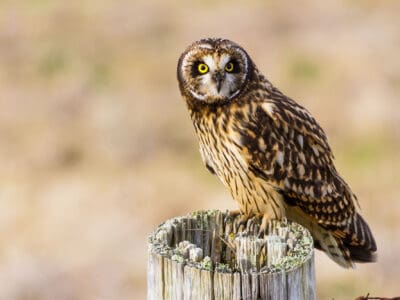
Short-Eared Owl
The short-eared owl is one of the most widespread owl species in the world, covering five continents.

Shrew
The spinal column of the shrew Scutisorex somereni is so strong and reinforced that it can support the weight of an adult human.

Shrimp
There are 2,000 different species worldwide!

Skink Lizard
Some skinks lay eggs in some habitats while giving birth to skinklets in other habitats.

Sloth
It's body temperature is between 30 - 34 degrees!

Slug
They glide around on one foot, which is aided by the slime they produce

Smokybrown Cockroach
Has up to 45 eggs per egg case

Snail
There are nearly 1,000 different species!

Snake
There are around 4,000 known species worldwide
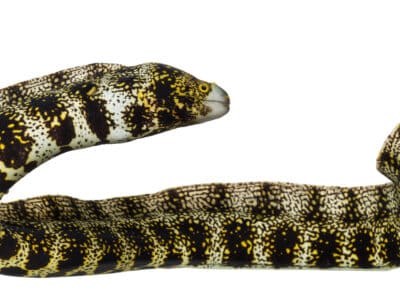
Snowflake Eel
Snowflake Eel have two jaws to help them swallow their food.

Sparrow
There are 140 different species!

Spider Wasp
They prey on spiders to feed their larvae or they parasitize other spider wasps.

Squirrel
Small rodents found in woodlands worldwide!
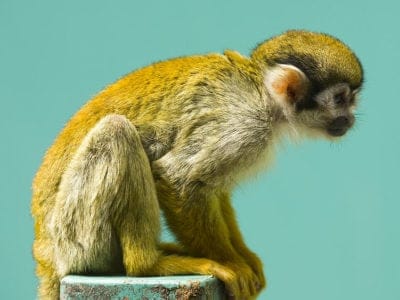
Squirrel Monkey
Lives in groups of up to 500 individuals!

Stick Insect
There are more than 3,000 different species!

Stork
They can’t sing like other birds.
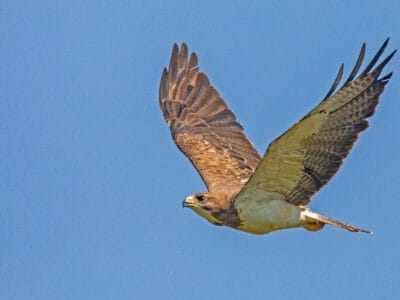
Swainson’s Hawk
Their wings form a “V” shape when flying.

Swan
Populations have been affected by pollution!

Tarantula Hawk
Tarantula hawks are excellent pollinators, especially for milkweed.

Termite
Their mounds can be up to 9 meters tall!

Thrush
The American robin is called the robin because its red breast reminded European settlers of the robin back in the old country.

Tick
They inject hosts with a chemical that stops them from feeling the pain of the bite

Tiger Beetle
The adult tiger beetle is one of the fastest land insects in the world

Tortoise
Can live until they are more than 150 years old!
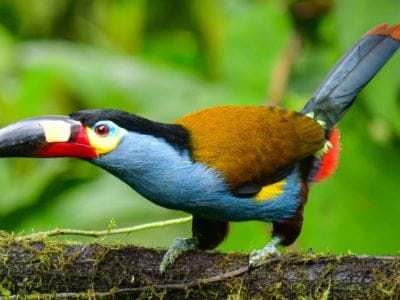
Toucan
There are more than 40 different species!
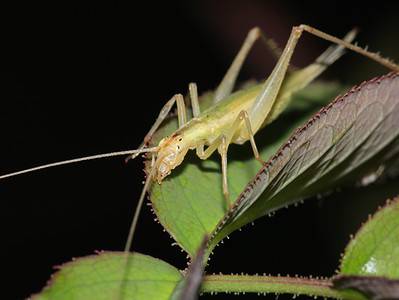
Tree Cricket
They make music with their wings

Tree Frog
Found in warmer jungles and forests!

Tree swallow
The tree swallow can make more than a dozen distinct vocalizations

Turtles
Some species of aquatic turtles can get up to 70 percent of their oxygen through their butt.
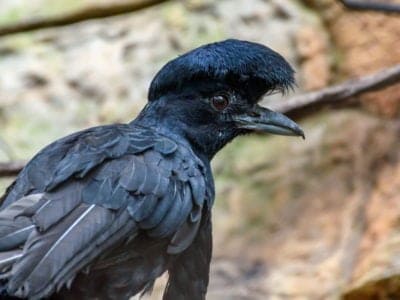
Umbrellabird
Migrates up and down the mountains!
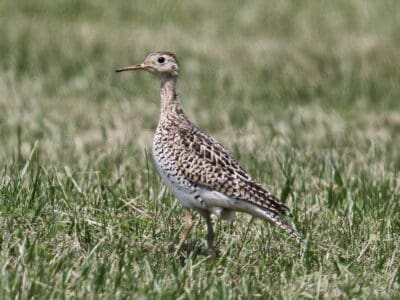
Upland Sandpiper
They make jerky movements as they walk through the grass, searching for food.
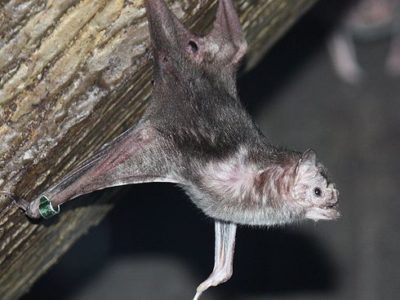
Vampire Bat
Have a heat sensor on the end of their nose!
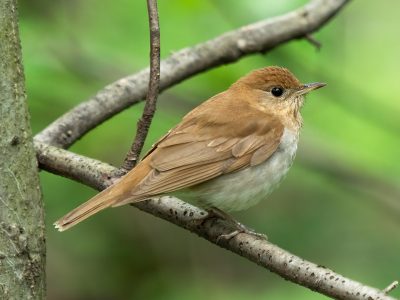
Veery
The veery is named for its sharp "veer" call.
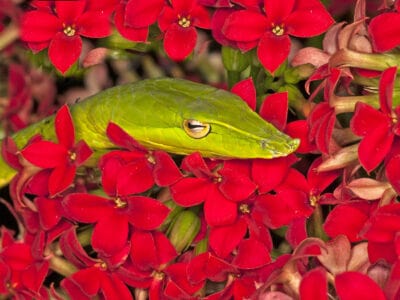
Vine Snake
A slender body and elongated snout give the vine snake a regal look.
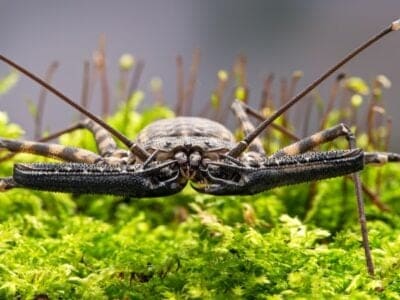
Vinegaroon
Vinegaroons can spray 19 times before the glands are depleted

Vulture
There are 30 different species worldwide!

Wasp
There are around 75,000 recognised species!
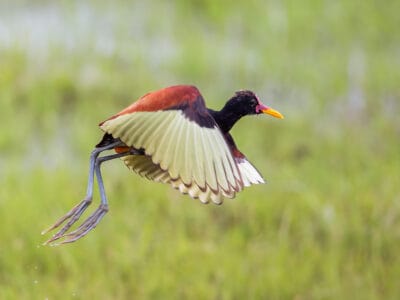
Wattled Jacana
They are typically noisy birds but take on a soft tone with their young.
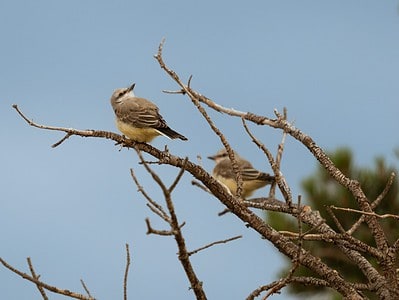
Western Kingbird
Western kingbirds have hidden red crown feathers that they can raise when threatened!
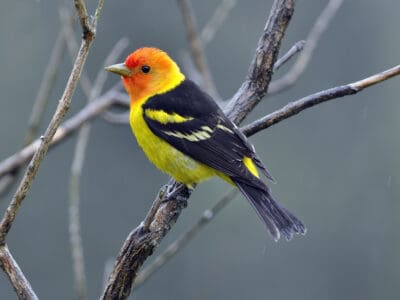
Western Tanager
They migrate farther north than any other tanager.
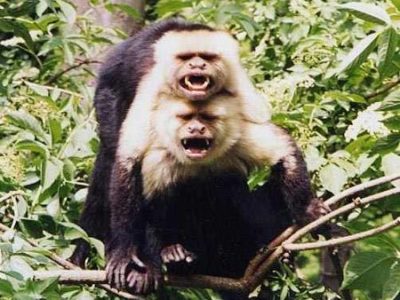
White-Faced Capuchin
One of the world's most intelligent monkeys!

White Ferret / Albino Ferrets
There are two different types of white ferrets!
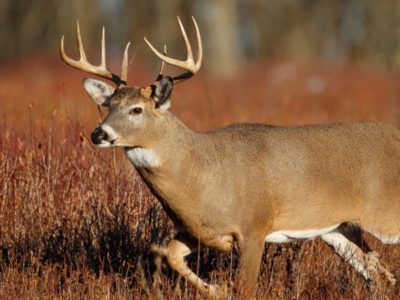
White-tail deer
White-tail deer are good swimmers
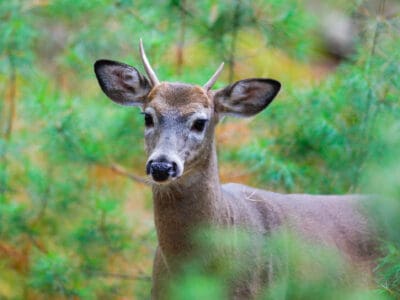
Whitetail Deer
Although deer are herbivores, they will sometimes eat mice and birds when they can catch them.

Willow Flycatcher
These birds live in the understory and are named for their propensity for flitting between willows and shrubs.

Wolf Spider
Carnivorous arachnid that hunts its prey.

Wood Turtle
Temperature determines the sex of turtle eggs

Woodlouse
This animal can roll up into a ball

Woodpecker
There are 200 different species!

Worm
Doesn’t have eyes.

Yellow Bellied Sapsucker
The males are responsible for choosing the nesting tree most of the time. Luckily, cavity nests are often reused for multiple breeding seasons (up to 7 years.)

Yellow Spotted Lizard
Gives birth to live young.

Yellow Tanager (Black-and-Yellow Tanager)
They swallow soft fruit whole

Yellowthroat
They forage near the ground, searching leaves for insects

Zebra Tarantula
They can stay hidden in their burrows for months!
Costa Rican Animals List
- Acadian Flycatcher
- Admiral Butterfly
- Agouti
- Amazon Parrot
- American Eel
- Anhinga
- Anole Lizard
- Ant
- Anteater
- Armadillo
- Armyworm
- Asian Lady Beetle
- Barn Owl
- Barn Swallow
- Basilisk Lizard
- Bat
- Bear
- Bed Bugs
- Bee
- Beetle
- Beewolf wasp
- Bird
- Biscuit Beetle
- Black and White Warbler
- Black Widow Spider
- Blackburnian Warbler
- Blind Snake
- Blue grosbeak
- Blue Tanager (Blue-Grey Tanager)
- Blue Tang
- Booby
- Brazilian Treehopper
- Brown Dog Tick
- Burrowing Owl
- Bush Dog
- Bushmaster Snake
- Butterfly
- Caecilian
- Caiman
- Camel Cricket
- Carpenter Ant
- Cat
- Caterpillar
- Catfish
- Cedar Waxwing
- Centipede
- Checkered Garter Snake
- Chestnut-Sided Warbler
- Chicken
- Cichlid
- Coati
- Cockroach
- Coconut Crab
- Codling Moth
- Collared Peccary
- Common Furniture Beetle
- Common House Spider
- Common Yellowthroat
- Coral Snake
- Cormorant
- Cow
- Crab
- Crab Spider
- Cricket
- Crocodile
- Crocodylomorph
- Crow
- Cuckoo
- Curly Hair Tarantula
- Dickcissel
- Dog
- Dog Tick
- Donkey
- Dragonfly
- Dubia Cockroach
- Duck
- Dung Beetle
- Dusky Shark
- Dwarf Boa
- Earthworm
- Earwig
- Eastern Meadowlark
- Eel
- Elegant Tern
- Eyelash Viper
- Falcon
- False Widow Spider
- Fiddler Crab
- Firefly
- Flea
- Fly
- Flying Squirrel
- Frog
- Fruit Fly
- Fulvous Whistling Duck
- Gar
- Garter Snake
- Gecko
- German Cockroach
- Giant Leopard Moth
- Glass Frog
- Glowworm
- Gnat
- Grasshopper
- Gray Catbird
- Gray Fox
- Great Blue Heron
- Great Crested Flycatcher
- Great Potoo Bird
- Guppy
- Hairy Woodpecker
- Hamster
- Hare
- Harpy Eagle
- Harris’s Hawk
- Hawk Moth Caterpillar
- Hepatic Tanager (Red Tanager)
- Hercules Beetle
- Heron
- Herring Gull
- Honduran White Bat
- Honey Bee
- Horse
- Horsefly
- House wren
- Housefly
- Howler Monkey
- Human
- Hummingbird
- Huntsman Spider
- Ibis
- Iguana
- Insects
- Jabiru
- Jacana
- Jack Crevalle
- Jaguar
- Jumping Spider
- Keel-Billed Toucan
- Kentucky Warbler
- Kingfisher
- Kinkajou
- Ladybug
- Leech
- Leopard Frog
- Lesser Scaup
- Lizard
- Locust
- Lone Star Tick
- Macaw
- MacGillivray’s Warbler
- Maggot
- Magnolia Warbler
- Mahi Mahi (Dolphin Fish)
- Margay
- Marine Toad
- Mayfly
- Mealybug
- Mexican Free-Tailed Bat
- Millipede
- Mockingbird
- Mole
- Mole Cricket
- Molly
- Monarch Butterfly
- Mongrel
- Monkey
- Moonglow Boa
- Moorhen
- Morpho Butterfly
- Mosquito
- Moth
- Mountain Lion
- Mourning Dove
- Mourning Gecko
- Mourning Warbler
- Mouse
- Mule
- Muscovy Duck
- Nematode
- No See Ums
- Northern Harrier
- Northern Pintail
- Northern Potoo
- Ocelot
- Orange-Crowned Warbler
- Orb Weaver
- Osprey
- Otter
- Owl
- Owl Butterfly
- Ox
- Painted Bunting
- Panther
- Parrot
- Peregrine Falcon
- Pheasant
- Pigeon
- Pit Viper
- Poison Dart Frog
- Pompano Fish
- Porcupine
- Praying Mantis
- Puma
- Quail
- Quetzal
- Raccoon
- Rainbow Boa
- Rat
- Rat Snakes
- Rattlesnake
- Ribbon Snake
- River Turtle
- Robin
- Rodents
- Rooster
- Rose-Breasted Grosbeak
- Roseate Spoonbill
- Ruddy Duck
- Saber-Toothed Tiger
- Sable Ferret
- Salamander
- Sand Crab
- Scale-Crested Pygmy Tyrant
- Scarlet Macaw
- Scissor-tailed Flycatcher
- Scorpion
- Sea Eagle
- Seahorse
- Sharp-Shinned Hawk
- Sheep
- Short-Eared Owl
- Shrew
- Shrimp
- Skink Lizard
- Sloth
- Slug
- Smokybrown Cockroach
- Snail
- Snake
- Snowflake Eel
- Sparrow
- Spider Wasp
- Squirrel
- Squirrel Monkey
- Stick Insect
- Stork
- Swainson’s Hawk
- Swallowtail Butterfly
- Swan
- Tarantula Hawk
- Termite
- Thrush
- Tick
- Tiger Beetle
- Tortoise
- Toucan
- Tree Cricket
- Tree Frog
- Tree swallow
- Turkey
- Turtles
- Umbrellabird
- Upland Sandpiper
- Vampire Bat
- Veery
- Vine Snake
- Vinegaroon
- Vulture
- Wasp
- Wattled Jacana
- Western Kingbird
- Western Tanager
- White-Faced Capuchin
- White Ferret / Albino Ferrets
- White-tail deer
- Whitetail Deer
- Willow Flycatcher
- Wolf Spider
- Wood Turtle
- Woodlouse
- Woodpecker
- Worm
- Yellow Bellied Sapsucker
- Yellow Spotted Lizard
- Yellow Tanager (Black-and-Yellow Tanager)
- Yellowthroat
- Zebra Tarantula



